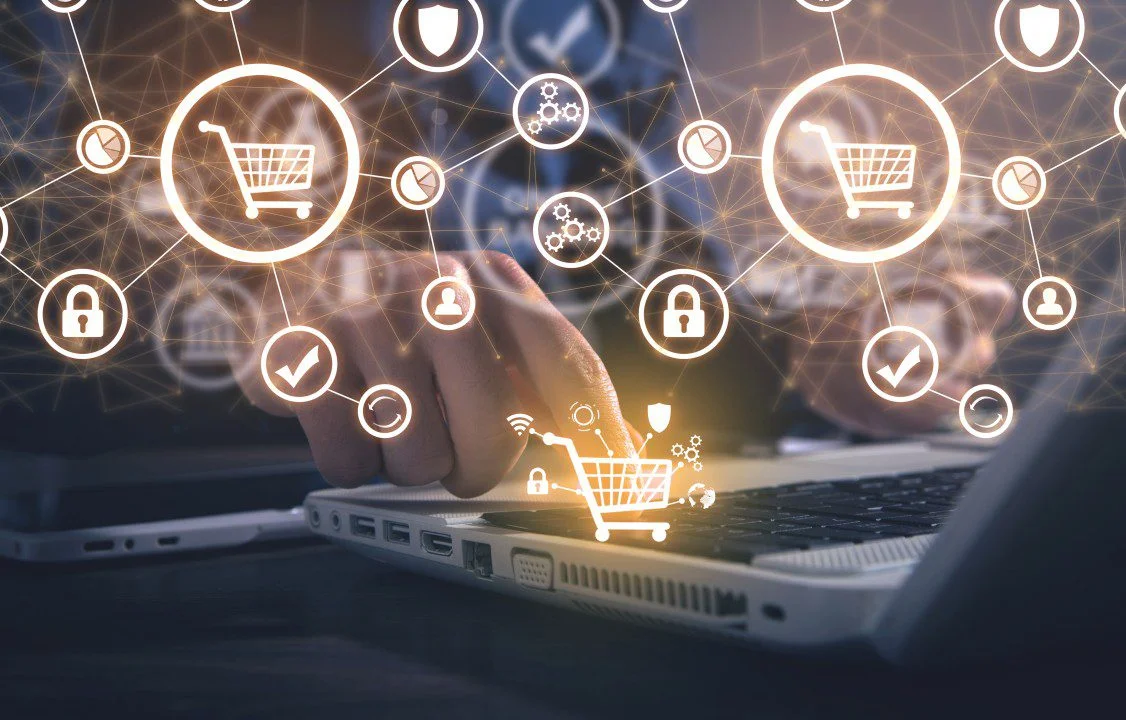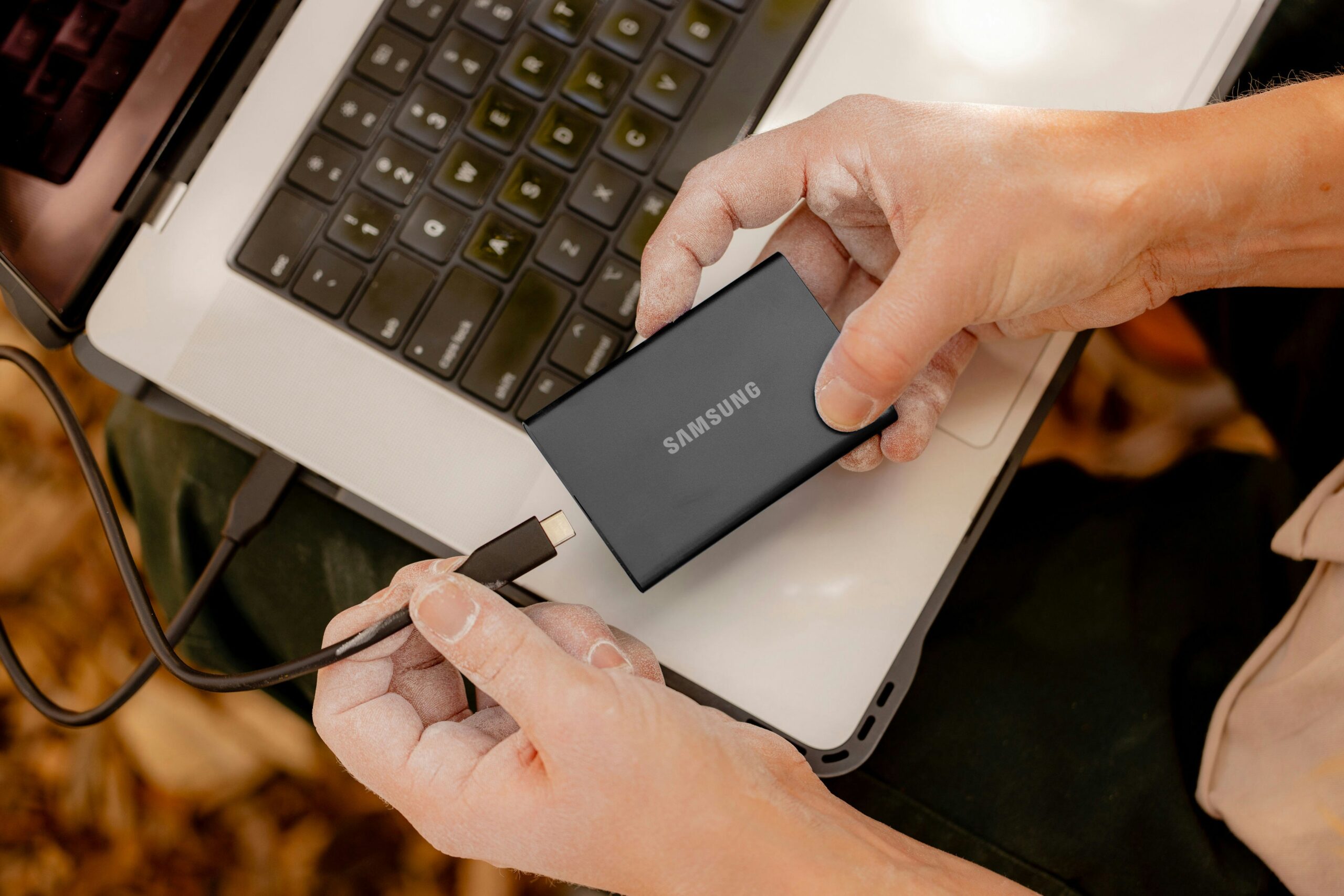
In the rapidly evolving landscape of retail, the concept of e-commerce has transformed from a novel idea into a fundamental component of global commerce. Originally, retail transactions occurred solely in physical stores, where customers browsed products, made selections, and completed purchases face-to-face with salespeople. However, with the advent of the internet and technological advancements, the retail industry has experienced a paradigm shift. This shift has not only altered the way consumers shop but has also revolutionized how businesses operate.
Emergence of E-commerce
The emergence of e-commerce can be traced back to the early 1990s when the internet became accessible to the general public. Companies like Amazon and eBay were pioneers in creating online platforms that allowed consumers to browse products, place orders, and make payments electronically. This marked the beginning of a new era in retail, where geographical limitations were no longer a barrier for consumers seeking a diverse range of products.
Advantages of E-commerce
E-commerce offers several advantages over traditional brick-and-mortar stores. For consumers, the convenience of shopping from anywhere at any time is a major draw. Additionally, e-commerce provides access to a wider variety of products and often allows for comparison shopping to find the best prices. For businesses, e-commerce reduces overhead costs associated with physical retail spaces and enables them to reach a global audience without the need for multiple storefronts.
The Rise of Omnichannel Retailing
As e-commerce continued to grow, a new concept known as omnichannel retailing emerged. Omnichannel retailing integrates various shopping channels (such as online, mobile, and physical stores) to create a seamless and unified shopping experience for consumers. This approach acknowledges that customers may interact with a brand through multiple channels before making a purchase and aims to provide consistent service and information across all platforms.
Web & Store Integration
Enhanced Customer Experience: Web & Store integration allows customers to research products online and make purchases in-store, or vice versa, providing flexibility and convenience.
Improved Inventory Management: By integrating online and offline inventory systems, retailers can ensure better stock availability and reduce instances of out-of-stock products.
Personalized Marketing: Data collected from online and offline interactions can be used to personalize marketing efforts, offering targeted promotions and recommendations based on customer preferences.
Seamless Transactions: Customers can enjoy a seamless shopping experience, with options for in-store pickup, returns, or exchanges of online purchases.
Future Trends
Looking ahead, the future of retail is likely to continue evolving with advancements in technology. Concepts such as augmented reality (AR) and artificial intelligence (AI) are poised to further enhance the shopping experience by offering virtual try-ons, personalized recommendations, and predictive analytics.
Conclusion
In conclusion, the integration of web & store represents a significant evolution in the retail industry, blending the convenience of e-commerce with the tactile experience of brick-and-mortar stores. As consumer preferences and technological capabilities continue to evolve, retailers must adapt by embracing omnichannel strategies that prioritize customer experience and operational efficiency. By doing so, they can position themselves at the forefront of innovation and meet the demands of today’s discerning shoppers.






